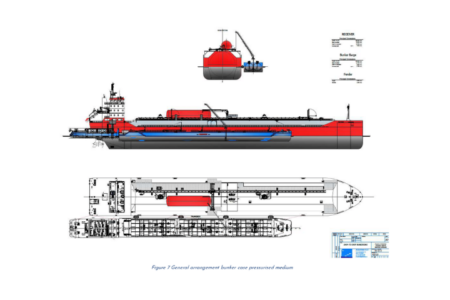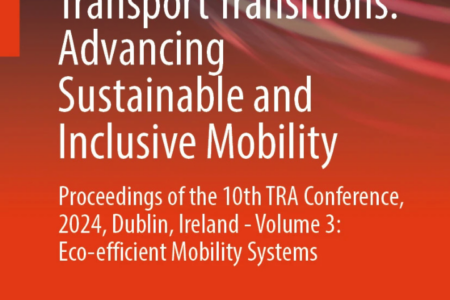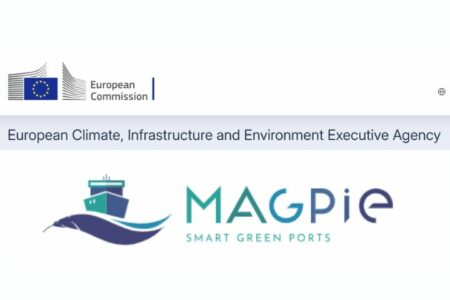Demonstrator 1 (Demo 1) is part of the Work Package 3, which focuses on energy requirements and supply chains. The main goals of this work package are characterizing/designing new energy supply chains (i.e. bioLNG or e-methanol), realizing for which transport modalities they can add value and defining their roll-out plan. Initially, the first demonstrator in the MAGPIE project was supposed to focus on producing bioLNG in port areas. This will remain a focus for research in the Demo moving forward.
Moving forward, TNO will take charge of Demo 1 and the focus will shift to the production of e-methanol within the Port of Rotterdam (the Netherlands) at the Fieldlab Industrial Electrification. The aim will be to research the supply chain of e-methanol and find solutions to consume less water during the production process. As there is a limited supply of fresh water, this would mean increasing the sustainability of the entire process.
Another aspect that will be at the focal point of Demo 1 will be the application of the e-methanol process to the chemical industry. The chemical industry is an energy-intensive industry and needs new green carbon feedstocks to defossilise the production of large volumes of organic chemicals. Currently, the Port of Rotterdam hosts more than 45 chemical industries meaning that this link between developing green fuels and their applications to other uses than transport is still interesting for the port. The fellow ports of the MAGPIE project also host chemical industries.


